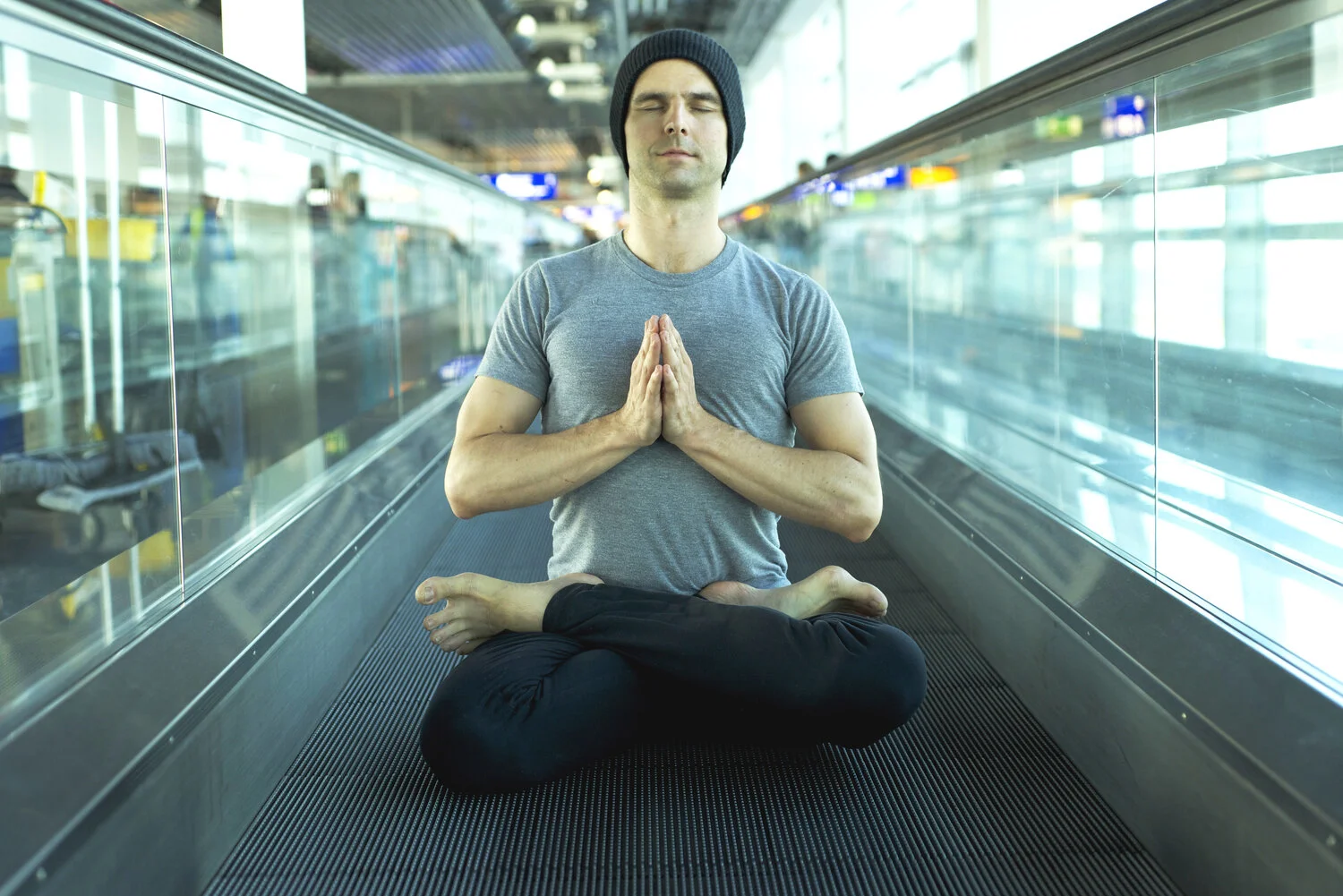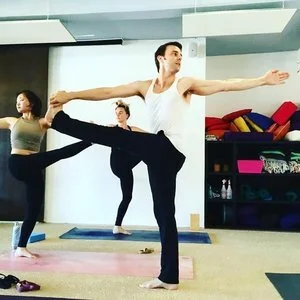We finished the 3rd week of my Shiva Yoga 200hr Teacher Training, with a 108 Sun Salutations morning practice, in the park, near the studio.
The Sun Salutations are essentially a gratitude practice. Practicing gratitude helps to lift the mind up. The yogis understood that the mind was constantly falling down and never satisfied. Modern psychology is starting to recognize this as well. Recent studies have shown that practicing gratitude changes your brain chemistry. Grateful to be right here in this moment!
The Sun Salutations also help to warm the body up, connect body, breath, and mind, balance the nervous system, and help us to connect the idea of the sun as the brightest thing in our world to the idea of our journey in yoga inward to experience the brightest part of ourselves.
4 Main reasons for doing Sun Salutations.
I taught a big Sun Salutation practice this morning at the Zhejiang Yoga Cultural Festival. Good attendance! It was very early in the morning and a little cold. But we persevered.
Sun Salutations have been practiced by yogis for thousands of years. When we practice them we are walking in the footsteps of our teachers and their teachers.
Sun Salutations.
Kula Yoga crew working on Chatturanga in our Sun Salutation Workshop on the weekend! Check out the beautiful alignment on Amanda Gammisch. Fun day! So great to see you all. Thank you for coming!
The Sun Salutations are a big part of yoga. The Sun is another symbol of our inner Light. We connect the idea of the lightest and brightest thing in our world with the lightest and brightest (and most subtle) aspect of who we are.
Flowing with my students!
I always practice a couple of Sun Salutations with my students every class. I love practicing yoga!
I think it’s helpful to flow a little along with the class, and to demonstrate or mirror some poses for them as well. I am always so inspired when I practice with my teacher — Dharma Mittra, and he demonstrates something, or practices a pose with us. We have to be careful demonstrating too much when we teach, though. Students who are Tamasic often feel defeated when they see the teacher’s demo, and students who are Rajasic often feel competitive and resent having to watch someone else demonstrating the pose.






